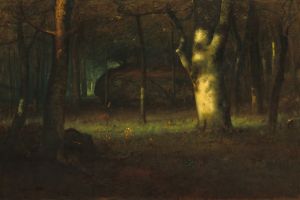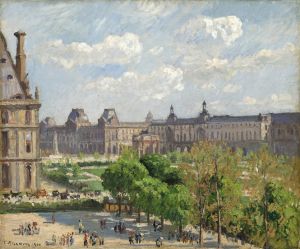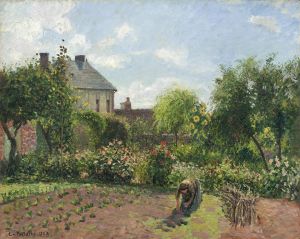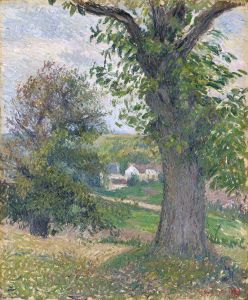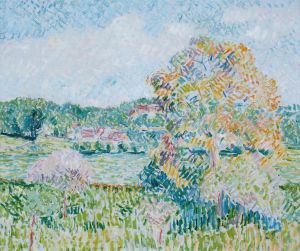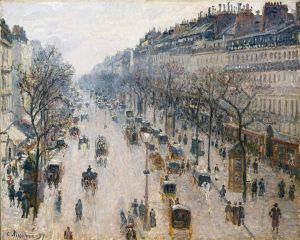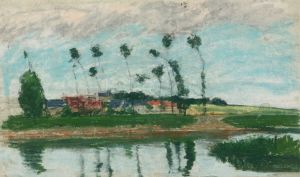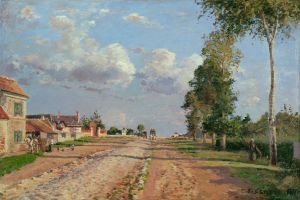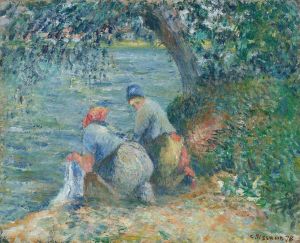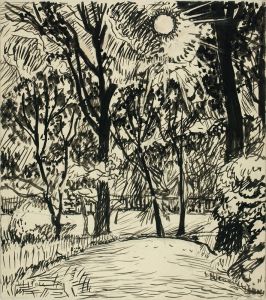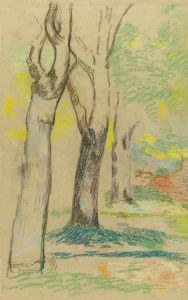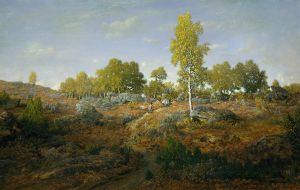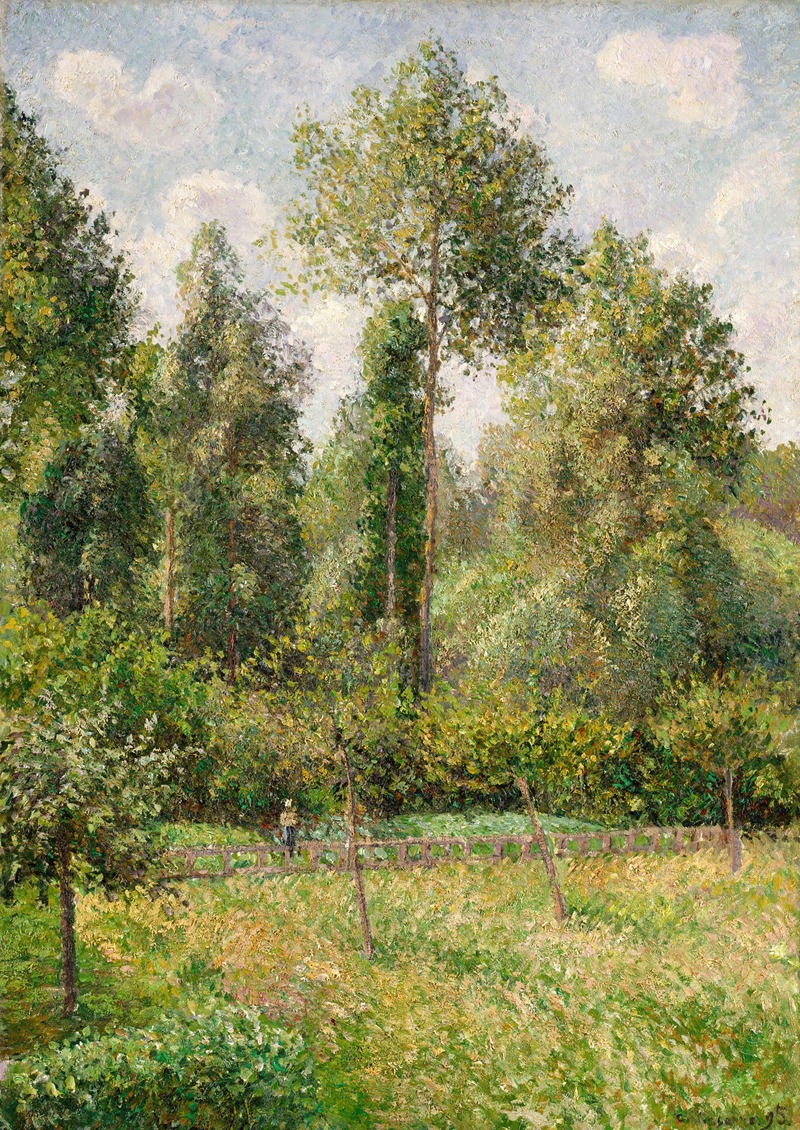
Poplars, Éragny
A hand-painted replica of Camille Pissarro’s masterpiece Poplars, Éragny, meticulously crafted by professional artists to capture the true essence of the original. Each piece is created with museum-quality canvas and rare mineral pigments, carefully painted by experienced artists with delicate brushstrokes and rich, layered colors to perfectly recreate the texture of the original artwork. Unlike machine-printed reproductions, this hand-painted version brings the painting to life, infused with the artist’s emotions and skill in every stroke. Whether for personal collection or home decoration, it instantly elevates the artistic atmosphere of any space.
Camille Pissarro's painting Poplars, Éragny is a notable work by the French Impressionist and Neo-Impressionist artist. Created in 1895, this painting reflects Pissarro's deep connection to the rural landscapes of France and his commitment to capturing the natural beauty of the countryside. The artwork depicts a serene view of poplar trees in Éragny-sur-Epte, a small village in northern France where Pissarro lived with his family from 1884 until his death in 1903.
Pissarro was known for his innovative approach to landscape painting, and Poplars, Éragny exemplifies his mastery of light, color, and atmosphere. The painting showcases his ability to depict the changing effects of light and weather, a hallmark of the Impressionist movement. In this work, Pissarro employs a harmonious palette of greens, blues, and earthy tones to convey the tranquility of the rural setting. The composition is balanced, with the tall poplar trees serving as vertical elements that draw the viewer's eye upward, while the surrounding fields and sky create a sense of openness and space.
During his time in Éragny, Pissarro often painted scenes of the local landscape, including fields, orchards, and village life. He was particularly drawn to the poplar trees that lined the countryside, as they offered a dynamic subject for exploring the interplay of light and shadow. Pissarro's choice of subject matter reflects his interest in the simple, unspoiled beauty of nature and his desire to document the rural way of life, which was undergoing significant changes during the late 19th century due to industrialization and urbanization.
Poplars, Éragny is an example of Pissarro's later work, during which he began to incorporate elements of Neo-Impressionism, such as a more structured composition and a focus on the division of color. However, he maintained the spontaneity and immediacy of Impressionism, resulting in a style that was uniquely his own. This painting is a testament to Pissarro's ability to blend technical skill with emotional resonance, creating works that continue to captivate viewers.
Today, Poplars, Éragny is recognized as an important piece within Pissarro's body of work and a valuable contribution to the Impressionist movement. The painting is held in the collection of the National Gallery of Art in Washington, D.C., where it is appreciated by art enthusiasts and scholars alike for its beauty and historical significance.






